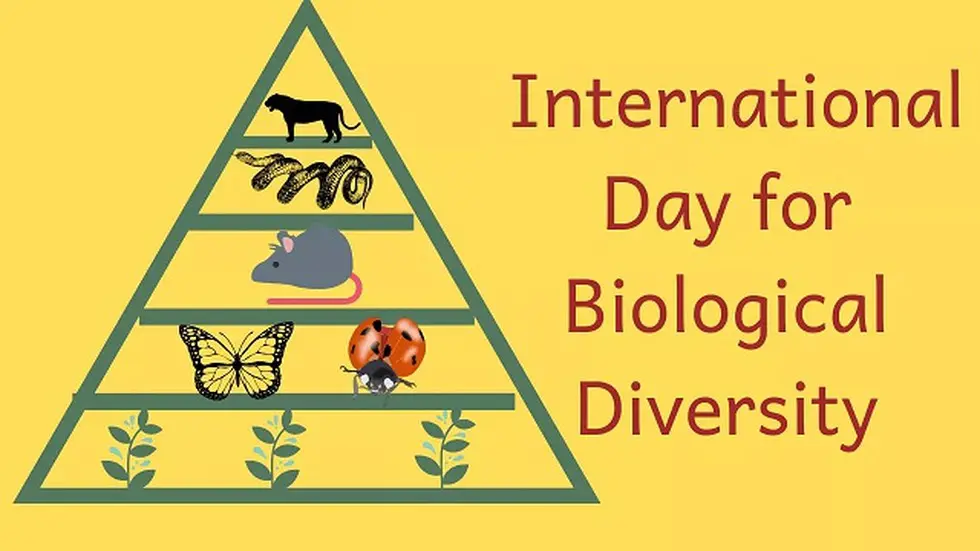
In the great mosaic of life, each species represents a unique tile, contributing to the beauty of the overarching image. Coined by Walter G. Rosen in 1985, ‘biodiversity” embodies this metaphor, representing the wide variety of life on Earth and the intricate patterns it forms. As a topic of growing interest and concern, biodiversity has captivated the attention of scientists, policymakers, and the global community.
Recognizing its profound significance, the United Nations Environment Programme (UNEP) convened the Ad Hoc Working Group of Experts on Biological Diversity in 1988. This group’s tireless work resulted in the formulation of a Convention on Biodiversity. Declared as officially entered into force on December 29, 1993, the Convention, known today as the Convention on Biological Diversity (CBD), acts as a global sentinel for biodiversity.
An international treaty boasting near-universal participation among countries, the CBD strives for the conservation of biodiversity, sustainable utilization of biodiversity components, and equitable sharing of benefits derived from genetic resources. Its mission, underpinned by scientific assessments, the development of tools, incentives, and processes, encompasses all threats to biodiversity and ecosystem services.
The International Day for Biodiversity (IDB) was officially designated by the UN General Assembly in 2000 to be observed annually on May 22, a day celebrating the adoption of the initial text of the CBD in 1992. This day serves as a beacon, highlighting biodiversity’s critical importance and the threats it faces.
For 2023, the theme of International Day for Biodiversity is “From Agreement to Action: Build Back Biodiversity.“ The chosen theme stresses the necessity of moving beyond mere consensus to implementing actionable steps to halt and reverse biodiversity loss.
Indeed, the challenge before us is daunting. Current data reveals that nearly 2.16 million species have been catalogued on our planet, ranging from the complexity of animals and plants to the simplicity of microbes. However, an estimated millions more remain undiscovered. Biodiversity’s importance cannot be understated; it’s the backbone of ecosystems, with all organisms interconnected. A decline in diversity disrupts the ecosystem’s ability to function and survive.

Alarming statistics suggest that despite the natural, gradual increase in biodiversity over billions of years, we’ve witnessed a steep decline over the past 20 years. Human activities such as pollution, habitat destruction, and overharvesting have accelerated extinction rates, posing a massive threat to biodiversity. It’s a grim picture, but we lack hope or means.
The CBD, through its legally binding global treaty, works to heighten public awareness and encourages governments to adopt strategies countering species loss. In 2022, the CBD adopted the Kunming-Montreal Global Biodiversity Framework, outlining ambitious long-term goals for 2050 and 23 binding targets for 2030. This framework is a vital roadmap guiding us toward transforming our relationship with biodiversity.
With the theme “From Agreement to Action: Build Back Biodiversity,“ the IDB 2023 aims to spotlight the critical importance of tangible action. It’s a call to transition from agreements and understandings to practical steps to build back the rich biodiversity we’re rapidly losing.
Indeed, each International Day for Biodiversity is a stark reminder of our responsibilities toward our planet’s diverse life forms. It is a commitment to ensure that our mosaic of life doesn’t lose its charm but continues to flourish in all its diversity. As we observe the IDB 2023, let’s pledge to move from agreement to action to build back our biodiversity truly.


